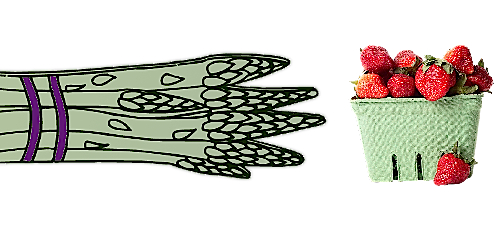The further food travels, the more it should cost. Logically, yes, but the full story may not be quite so simple. With ingredients travelling literally half way round the world, it is no simple matter to differentiate one proposition from another. Take the example of 1925 loaf of bread, in the previous post. The starting point is 20-stone sack of flour that anyone could visualise for themselves, suppposedly costing 42 shillings and a halfpenny. There was, in those days, total silence from the millers concerning where their wheat came from, let alone what it might have cost. Since millers earn a living from making flour, their reticence is understandable.
By creating a synthetic starting point for the journey that would put a loaf of bread on the table, millers were able to influence the British public’s notion of what bread ought to cost. The 42 shilling sack was not a hard sell, it was a working price point for those years. However, the Linlithgow committee, to a man, refused to make any comment on the prices of wheat, wherever it might have come from. In one sense, wheat and bread pass through very different markets, yet the two are joined at the hip for some purposes, notably if supplies fail: no wheat, no flour, no bread. It is that simple.
All through the latter years of the nineteenth century, British ports were unloading grain from every corner of the known world. For most people, grain imports were a permanent fixture and, as part of the British Empire, this happy state of affairs would somehow be left continue. However, the U-boat attacks, which started in 1916, jolted Britain into protecting inbound shipments of any description. From being adventuresome and exciting, life on a long haul merchantman took on a more challenging aspect as the U-boats extended their range from the concrete bunkers at Rochefort, comfortably crossing the Bay of Biscay.


